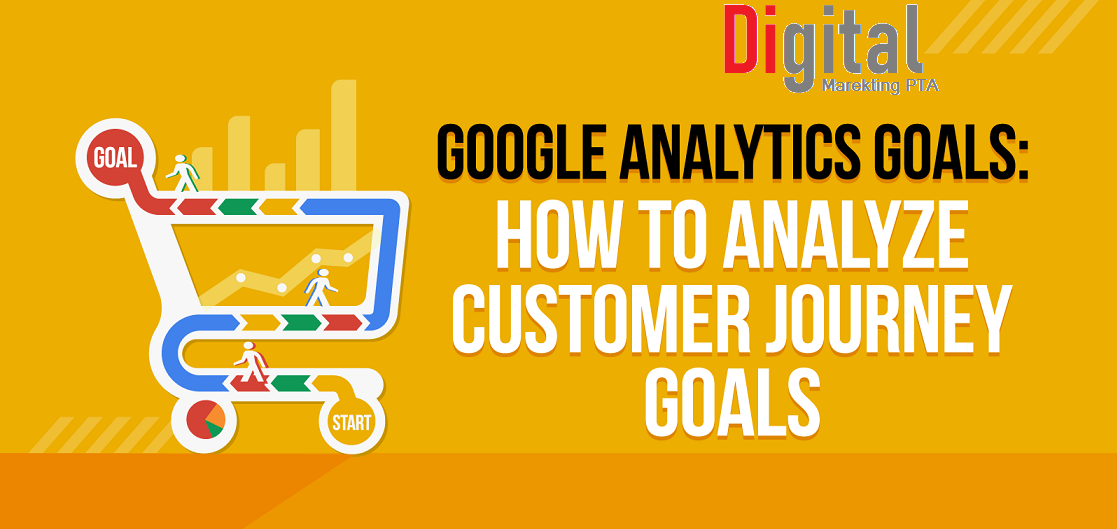Google Analytics is your ultimate tracking tool. It can monitor the effectiveness of online marketing methods, like SEO campaigns. It can track the traffic various pieces of on-site content (like blog posts) and videos get. It can even help you evaluate device functionality with your website and provide an overview of the overall user experience.
In other words, it gives you pretty much all the raw numbers you need to see how your website and marketing are doing. From bounce rate to conversion rate, these numbers give you a clear idea of how much traffic is going to your website, as well as what people are doing after they discover you online.
Successful entrepreneurs know to turn these numbers into useful insights. Whether they begin targeting a different set of keywords for SEO or make layout adjustments to make their site more user-friendly, such changes can be made with confidence when they use Google Analytics data.
The Most Common Google Analytics Mistakes to Avoid
Of course, if you don’t actually know how to use Google Analytics, you’re not going to get these insights that would give you a significant advantage over your competitors. And boy, are there a lot of mistakes that solopreneurs are making.
A lot of problems come from simply failing to add Google Analytics tracking codes to the pages on your website. If an individual page doesn’t have this code, it’s not going to collect the data you need. And if you’re using an outdated or invalid tracking code, you won’t get any info, either. You have to add up-to-date codes to every web-page to know how visitors are interacting with your website!
Many solopreneurs overcomplicate things by trying to do a deep dive into their website code. But most of us aren’t coders or computer programmers. Messing around in the code is more likely to crash your website than help it. That’s why Google Tag Manager exists — so you can quickly and easily add and update tags as needed. If you’re not using this, you’re wasting your time.
Then there’s the mistakes that reveal you as a total Google Analytics. Stuff like double tracking, which happens when you have the same tracking script and ID on a web-page multiple times. This will completely throw off your metrics, feeding you inaccurate info.
Or you might fail to exclude robots and spiders from your analytics results. Bots and spiders are not real people looking at your website. If you don’t exclude them, you’ll get inflated numbers that — you guessed it — give you an inaccurate idea of how your site is performing.
The list goes on…but the biggest mistake of all is not knowing what to track. If you aren’t tracking important metrics like bounce rate or organic traffic, you’re never going to know what tweaks need to be made.
3 Most Important Ways of Doing Things Correctly with Google Analytics
Google Analytics can be your best friend, if you use it right. So what are my go-to tips for actually getting useful results from the great Google?
First, monitor your bounce rate like a hawk. This number reveals how many people click away from your website almost instantly after landing on it. Taking steps to lower your bounce rate (like making sure you’re showing up in the right search results or that you have a killer landing page) will greatly improve on-site conversion rates.
Secondly, make organic traffic your main focus when looking for Analytics insights. Paid traffic is great, but organic traffic is what will provide you with key audience insights. Understanding how users behave once they’re on your site (as well as who these people are) will give you a better idea of who your target audience is and what they need.
Finally, don’t be afraid to use the occasional tool or plug-in to make your Google Analytics life easier and more efficient. This tool works with Google Analytics to filter web traffic into identifiable leads so you can get a better idea of the people and organizations that are interested in your business.
By identifying the companies visiting your website, you can reach out to them quickly to turn them into leads — or paying customers.
Time To Become A Google Analytics Pro
While Google Analytics can seem a bit intimidating at first, it doesn’t have to be. By focusing on these KPIs and avoiding common mistakes, you can get your website to deliver meaningful insights about your target audience. Even more importantly, you can make changes that get them to pay attention to you and your content.


